The Magic Of Simit Pogacha Macedonian Bread Twists
10 min read Discover the rich flavors and cultural significance of Simit Pogacha, Macedonian bread twists, showcasing traditional baking artistry and regional culinary heritage. July 25, 2025 00:05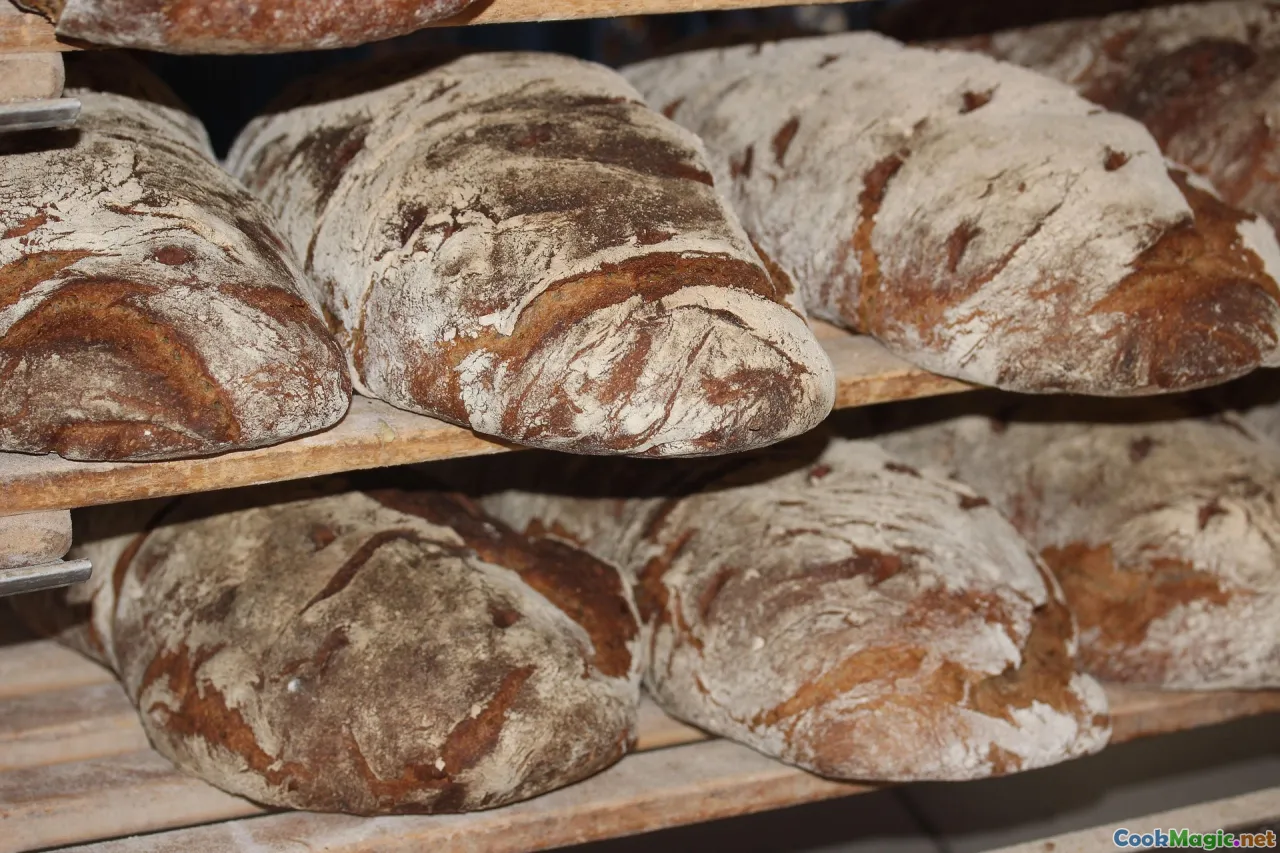
The Magic Of Simit Pogacha: Macedonian Bread Twists
From the warm, aromatic streets of Skopje to the cozy kitchens nestled in the Macedonian countryside, the scent of freshly baked bread holds an almost sacred place in Macedonian culture. Among the many traditional breads, the Simit Pogacha—those beautifully twisted breadcrumb breadsticks—stand out as a symbol of hospitality, tradition, and culinary artistry. Like the intricate dance of a Macedonian folk song, these bread twists weave history, taste, and emotion into every fold.
Join me as we explore the enchanting world of Simit Pogacha, decoding its secrets, celebrating its cultural significance, and immersing ourselves in the sensory pleasures that make it a truly magical culinary gem.
The Cultural Heritage of Macedonian Bread
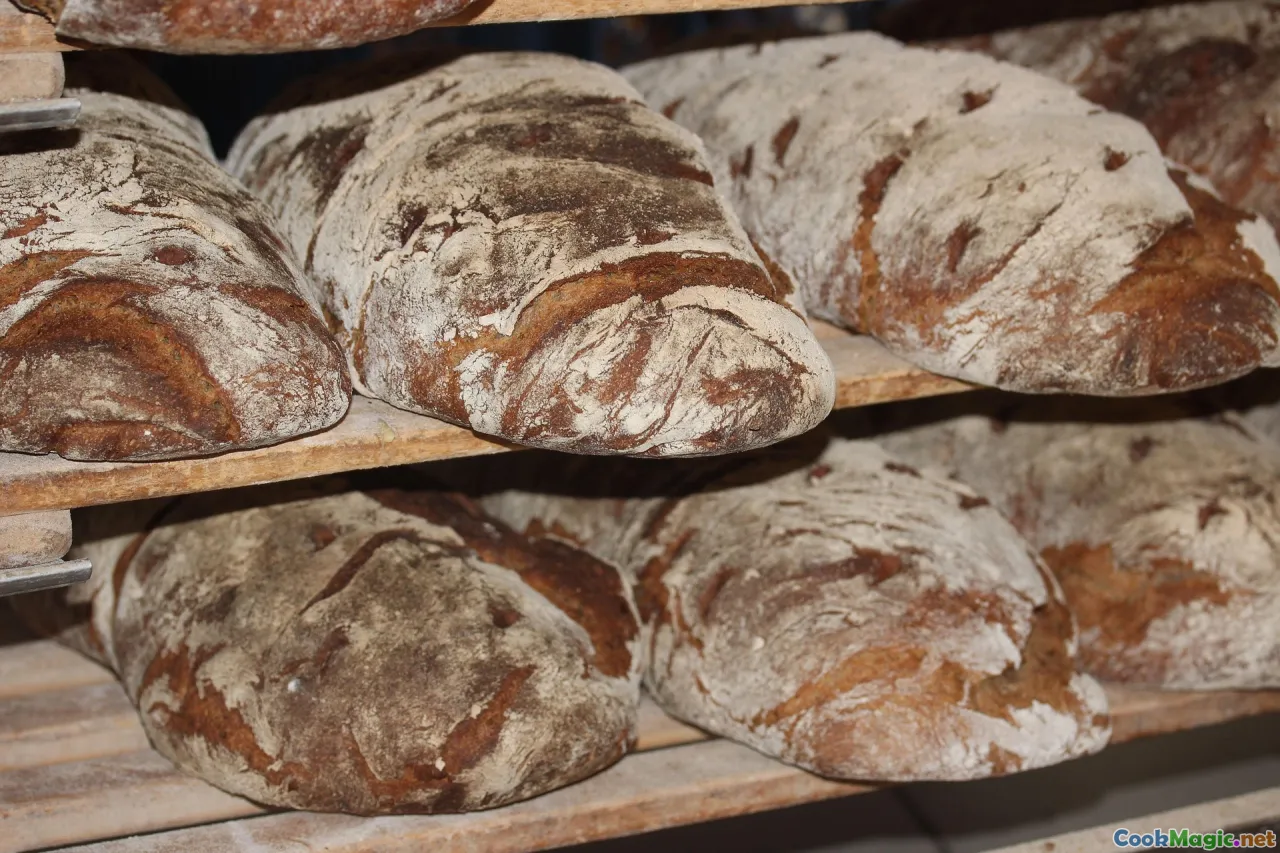
Macedonia, a land shaped by centuries of Balkan history, is rich with culinary traditions that reflect its diverse influences—from Ottoman legacies to Slavic roots. Bread, in particular, isn’t just nourishment here; it’s a reflection of community, spirituality, and history.
In Macedonian villages, bread is often baked in preserved wood-fired oventop ovens, shaping the heartbeat of neighborhood interactions. The pogacha (a traditional flatbread) takes many forms, but the twisted Simit Pogacha is among the most visually striking and beloved. It’s more than food—it's an emblem of rituals, celebrated during harvest festivals, weddings, and family gatherings.
This culinary heritage has been handed down through generations, with recipes often cloaked in family secrecy. The bread embodies resilience and cultural pride, connecting Macedonians with their ancestors through every crust and crumb.
The Anatomy and Craftsmanship of Simit Pogacha
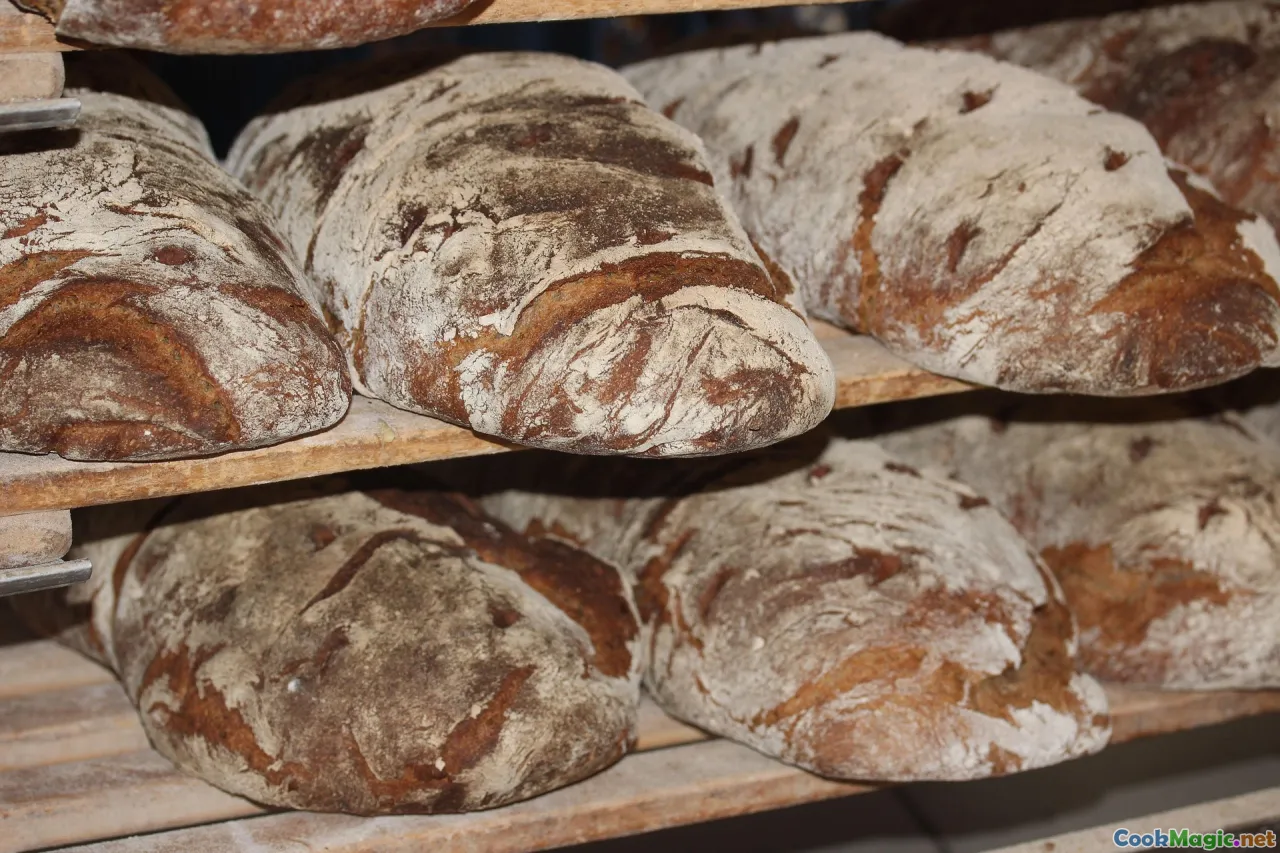
Creating the perfect Simit Pogacha is an art. It begins with high-quality ingredients: local wheat flour, fresh yeast, a pinch of salt, and a touch of water. The dough’s texture must be just right—elastic and supple, yet strong enough to hold its twists.
Step-by-step Crafting:
- Preparing the Dough: Mix flour, yeast, salt, and lukewarm water to form a smooth, pliable dough. Allow it to rest, covered, in a warm spot to rise for about an hour.
- Shaping the Twists: Divide the dough into equal portions. Roll each into long, thin ropes, about 50cm in length. Take two ropes and intertwine them, then fold into a spiral or a circle to form the signature twists.
- Baking: Before baking, the twists are sometimes dipped in a mixture of water and a hint of vinegar or brushed with sunflower oil—imparting a shiny, appetizing glaze.
- Cooking Method: Traditionally baked in a wood-fired oven, the Simit Pogacha achieve a crispy crust with slightly chewy core. Today, most home bakers and bakeries rely on convection ovens, but the secret remains in the dough’s handling and baking temperature.
The Magic of Twisting:
Each twist is a mindful act—an expression of care, patience, and artistry. The intertwined strands symbolize unity and eternity in Macedonian culture, echoing their enduring traditions.
Sensory Journey: Tasting the Macedonian Bread Twist
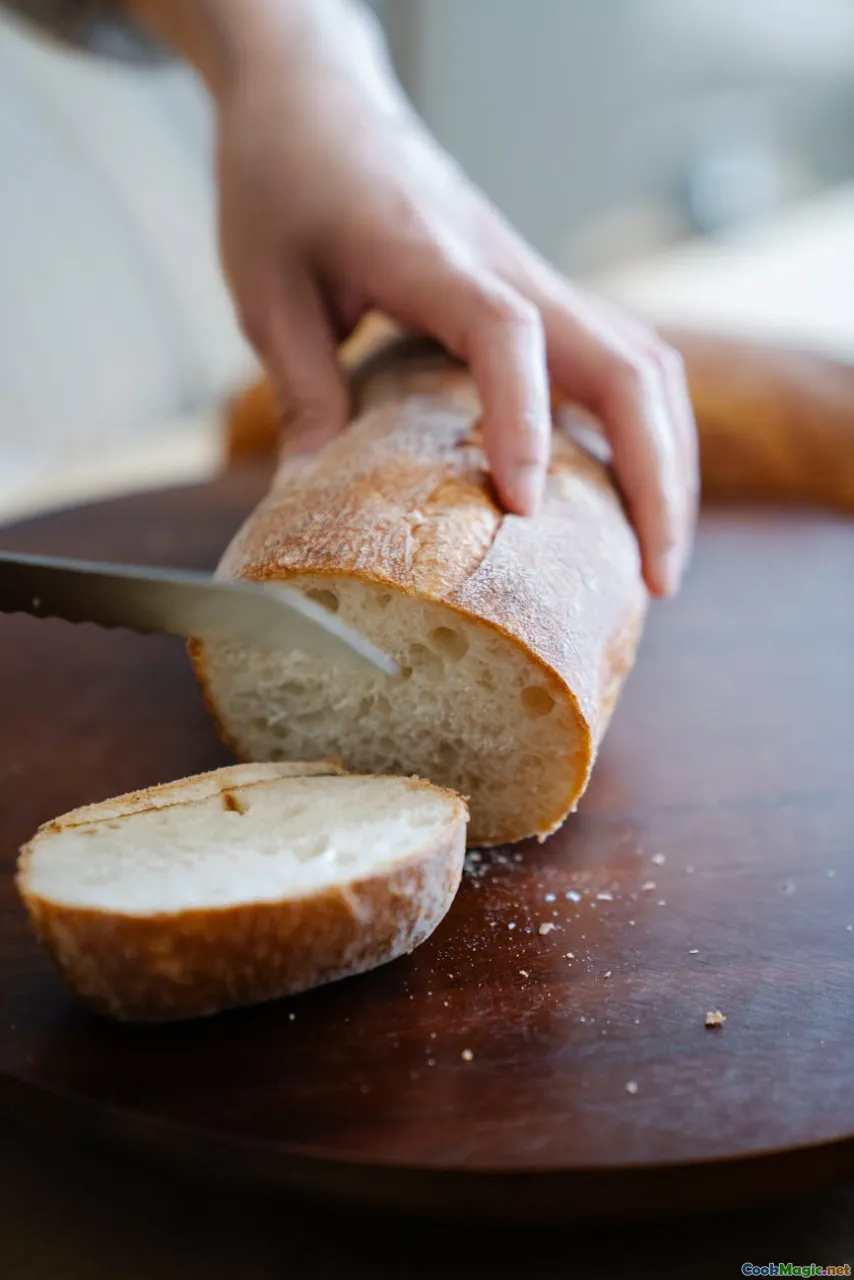
Imagine breaking open a freshly baked Simit Pogacha. The initial aroma hits you—a warm, yeasty fragrance intertwined with hints of toasted sesame or sunflower seeds, depending on regional preferences. As you take a bite, the crust offers a delightful crackle, giving way to a chewy, somewhat tangy interior.
The flavor profile is simple but profound: the natural sweetness of wheat, subtle saltiness, and the mellow aroma of herbs if used. When paired with local cheeses, roasted vegetables, or a dollop of Greek yogurt, the Simit Pogacha transforms into a full sensory feast.
In its simplicity lies its magic: each bite reminds you of Macedonian summer mornings, bustling markets, and the warmth of familial bonds.
Comparing Simit Pogacha with Similar Breads in the Balkans

While the Macedonian Simit Pogacha bears a striking resemblance to Turkish simit or Greek palatia, there are subtle distinctions that make it uniquely Macedonian.
| Aspect | Macedonian Simit Pogacha | Turkish Simit | Greek Palatia |
|---|---|---|---|
| Shape | Twisted or circular | Circular with sesame seeds | Flat, layered, often with herbs |
| Texture | Chewy interior, crispy crust | Crisp, sesame-coated exterior | Flaky, trimmed layers |
| Traditional Uses | Breakfast, festive occasions | Street food, breakfast | Festival bread, accompaniment |
Understanding these nuances underscores how geography and cultural customs shape bread-making styles, forging a shared Balkan bread tradition that remains uniquely Macedonian in its twists and textures.
Celebrating Local Variations and Modern Twists
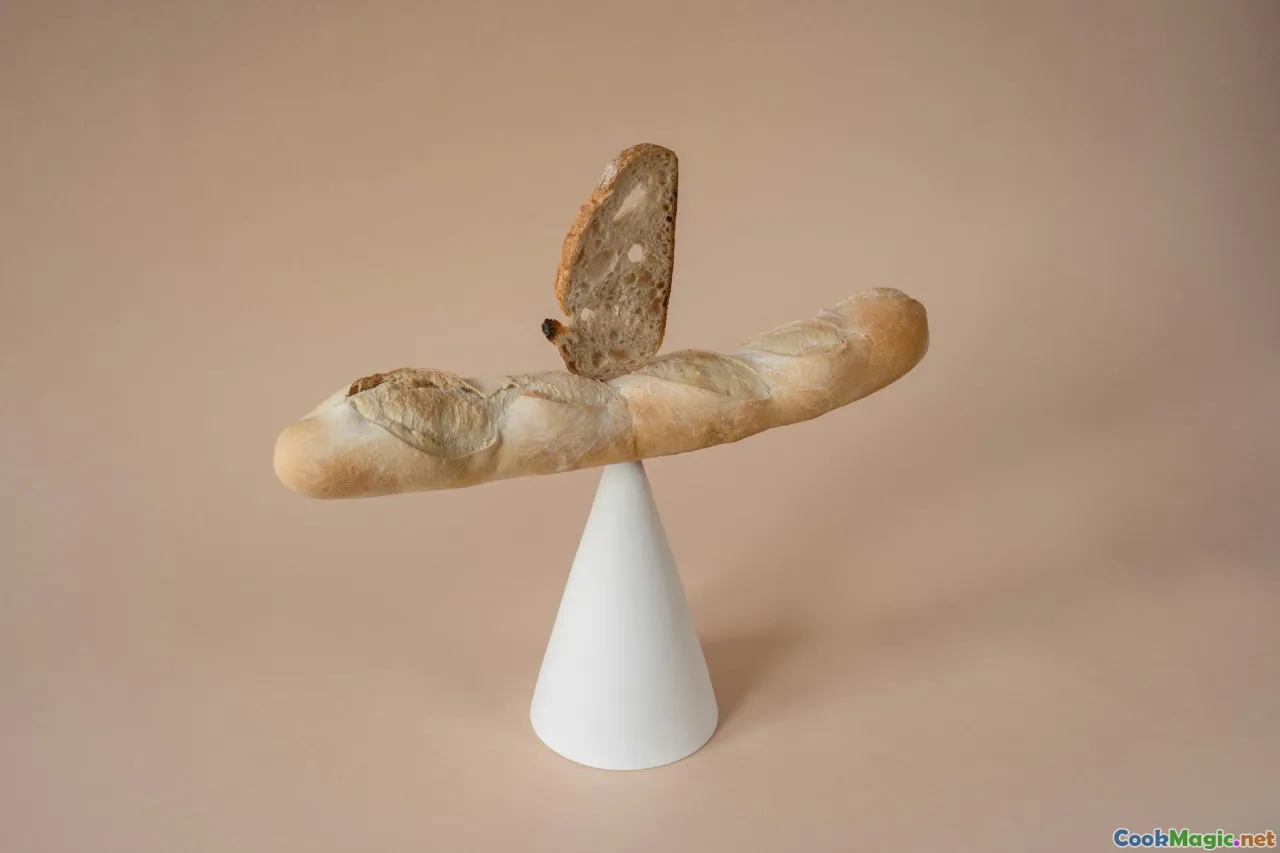
Today, creative bakers across Macedonia blend tradition with innovation. Some incorporate whole grains, spices like paprika or cumin, or even sesame seeds sprinkled generously atop before baking, enhancing flavor, aroma, and visual appeal.
In urban bakeries in Skopje and Ohrid, you might find Simit Pogacha shaped into elaborate crescents or woven into intricate patterns, turning bread into edible art. This evolution celebrates bakery craftsmanship while honoring historical roots.
There’s also a growing movement to incorporate local herbs—oregano, thyme, or wild greens—into the dough, turning humble bread into a multipurpose culinary canvas.
Tips for Making Your Own Macedonian Bread Twists
- Use quality flour: Opt for bread flour for a strong gluten network to achieve that perfect chewy consistency.
- Mind the fermentation: Adequate rising time develops flavor and texture—don't rush it.
- Twisting with intent: Each twist reflects tradition; handle the dough with patience and mindfulness.
- Creative toppings: Sesame, poppy seeds, or even garlic powder can elevate your bread.
- Baking temperature: Preheat your oven well, ideally to 220°C (430°F), for a crispy crust.
Experimenting with these steps allows you to bring a piece of Macedonian culinary soul into your kitchen.
Personal Stories and the Heart Behind the Bread
Many Macedonian families have their secret recipes—passed down from grandmothers whose hands have kneaded this dough for generations. I remember visiting a small village near Tetovo, where old Mrs. Stefanova would prepare these bread twists every Saturday morning, the aroma filling her tiny home, drawing neighbors to her door.
The Simit Pogacha was more than bread; it was an act of love, a symbol of sharing and community. Children would eagerly gather around, stretching the warm twists, their faces sticky with flour and joy.
In that humble kitchen, surrounded by laughter and stories, the bread became a vessel of cultural continuity—an unspoken language connecting generations.
Embracing the Flavors and Traditions
In today’s globalized culinary scene, revisiting traditional breads like Simit Pogacha offers a vital link to one’s roots. Whether you’re baking for a family breakfast, a cultural celebration, or simply to connect with Macedonian history, these twists serve as edible ambassadors of resilience, beauty, and community.
So next time you crave something savory, warm, and rich with history, brighten your kitchen with the magic of Macedonian bread twists—an unmistakable symbol of heritage, crafted with love, and seasoned with tradition.









